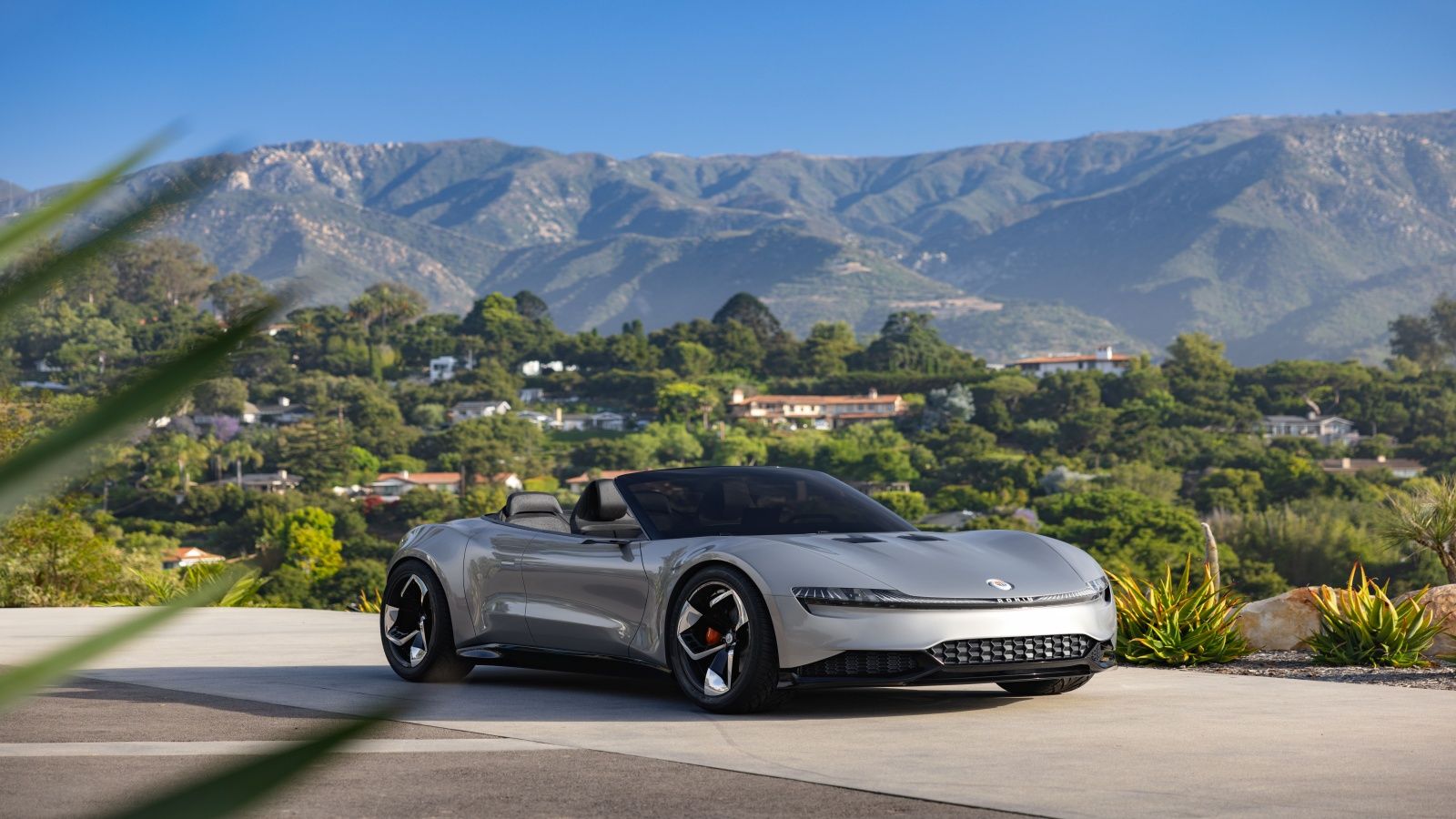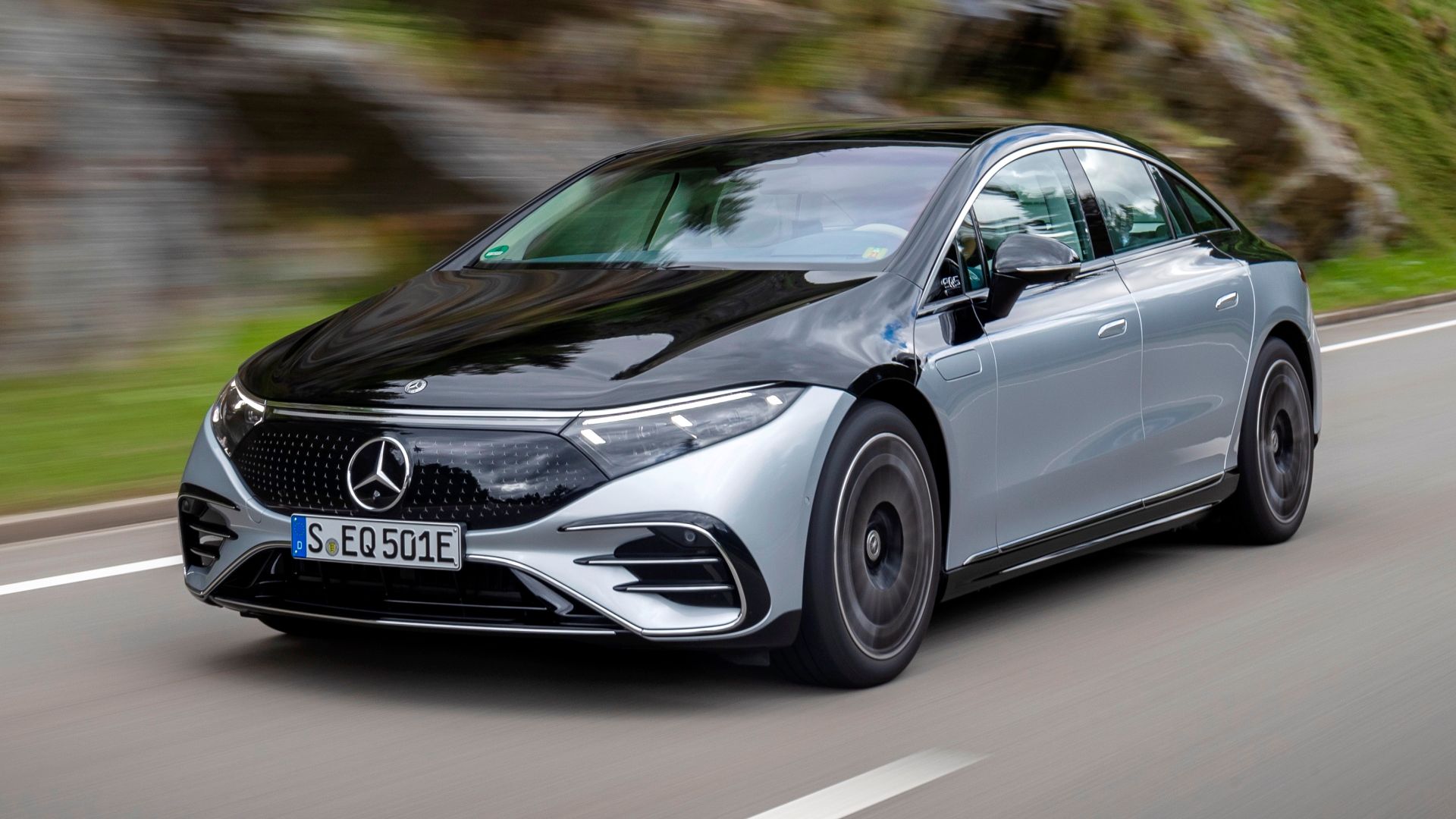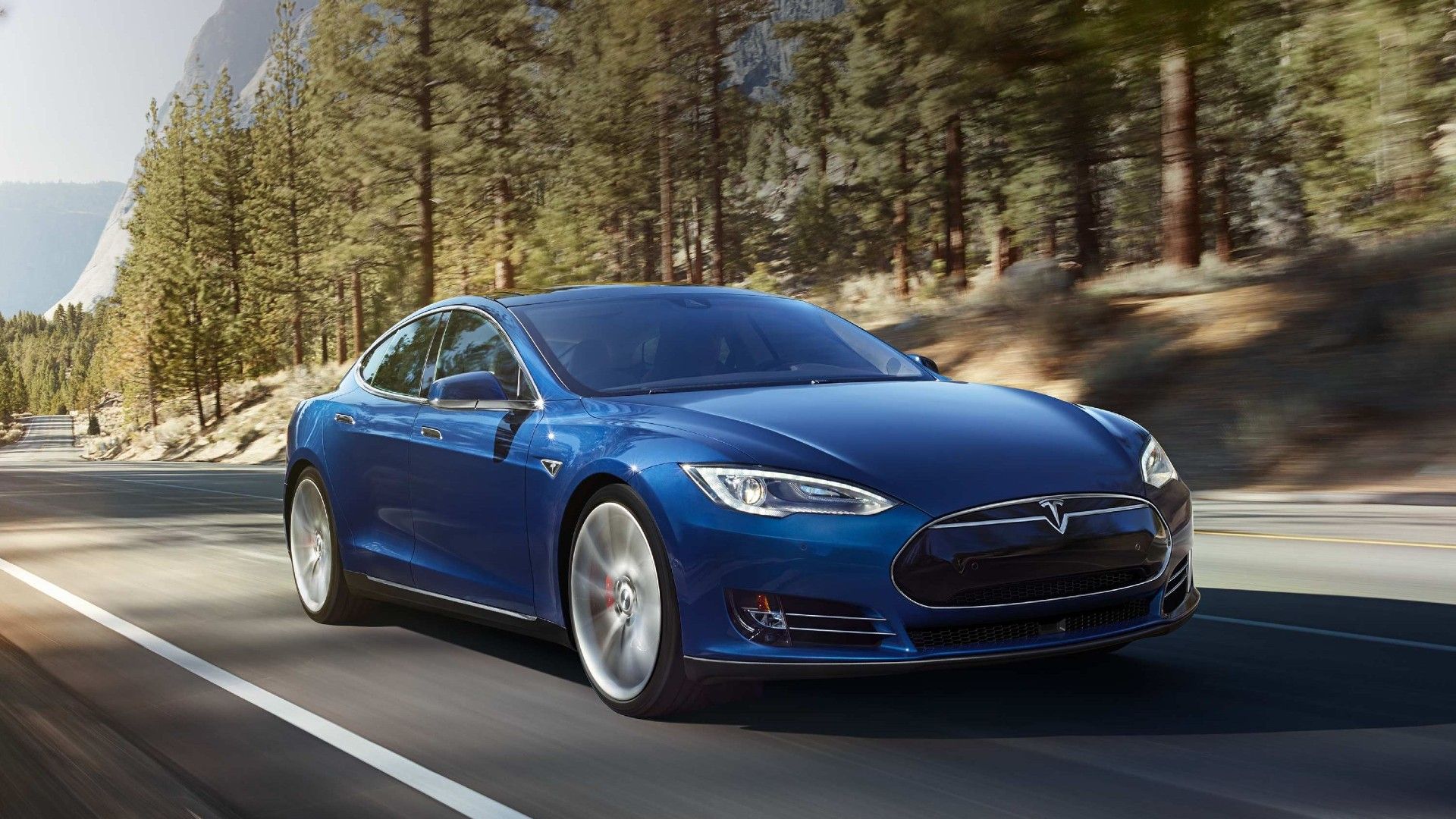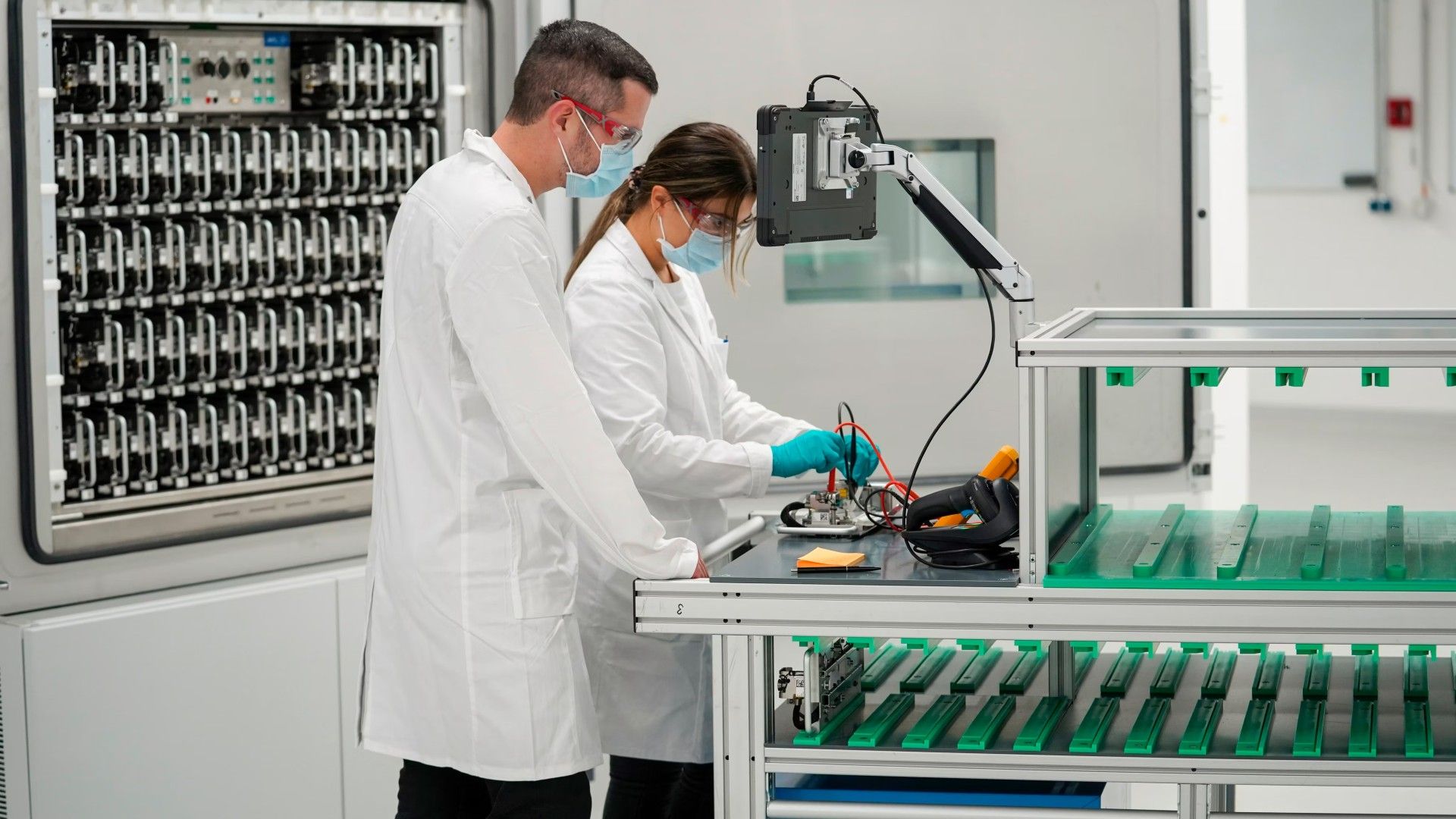Summary
- Electric vehicle ownership comes with hidden costs, such as the need for expensive home charging infrastructure and potential battery replacement costs over time.
- Owning an electric car requires lifestyle adjustments, such as planning routes based on the availability of charging stations and dealing with range anxiety.
- While electric cars have environmental benefits, their production and energy sources can still have negative impacts, and there is a learning curve involved in understanding how to maximize their features and controls.
The world is becoming more conscious of its carbon footprint by the day, and there are a number of new trends that are being issued to counteract the ongoing climate change issue. The hero of this green revolution is the popularization of electric vehicles. This increasingly popular means of propulsion is seen by many as the future of sustainable personal and public transportation. Governments are rolling out big incentives and rebates for EV purchases, while automakers race to reveal the latest electrified models and expanding charging infrastructure. There's a collective cheer for the progress being made in curbing emissions, as thousands of new electric vehicle owners proudly take to the roads.
There's more to the EV story than what appears on the surface, and a parallel narrative that's not often discussed. Owning an EV typically comes with unexpected challenges, lifestyle adjustments, and hidden costs. It's not that electric car owners are intentionally hiding these facts, but some less glamorous realities regularly go unspoken when electric cars are being praised. Struggles surrounding EVs frequently relate to financial, lifestyle, and educational challenges, which can sour the overall experience. There are still more benefits to be had with owning an electric car, so it’s better to be aware of these things rather than having them spontaneously spring up after purchasing one.
Research, data, and information relating to the silent revolution of electric cars is sourced from Autocar, The Department of Energy, The Washington Post, and other well-known publications and resources.
The Hidden Costs Of Going Green
Buying an electric car is considered to be an upfront investment for long-term savings. While it's true that electric vehicles use fewer moving parts and can be cheaper to maintain, there are other costs that can catch owners off guard. One of the biggest costs that must be incurred is an effective direct or alternate current home charging infrastructure. This requires an initial investment that can run up to $30,000, and even more if the house needs electrical upgrades. Public fast-charging stations are convenient and significantly cheaper than gas, but they charge a premium rate for electricity.
Battery degradation over time is a seldom-discussed factor, but one that can massively impact the electric car ownership experience. Most electric car manufacturers offer battery warranties for eight to 10 years, but these usually only cover extreme cases of degradation. If the battery capacity drops by 20 percent after the warranty has lapsed, costly replacement costs can be expected. Most EV designs no longer have replicable battery packs, as they will just replace the individual modules that have gone bad. This is cheaper, but owners can still expect to pay $1,000 to $3,000 to replace one module, depending on the overall capacity and the manufacturer. Lithium-ion batteries are sometimes made of 128 modules.
The Lifestyle Overhaul
Owning an electric car isn't just about swapping your gas tank for a battery, as it requires the user to comprehensively shift their lifestyle. Planning is more of an essential part of the EV ownership routine due to the lesser infrastructure and significantly longer charging times. Spontaneous road trips will likely not be as common as what would be in an ICE because a route without fast chargers will not be possible to use. Users have to completely map out the entire route based on the availability of charging stations before setting off. These can be scarce in rural areas, further limiting how far EVs can travel.
Range anxiety remains the biggest hurdle to overcome when owning an electric car. EV owners still worry about how far they can travel before needing to recharge their cars to the point where their daily plans have to be restructured. Amenities like air conditioning or heating impact the car’s battery life more than it would in an ICE. This adds another layer of consideration to even the simplest of journeys. It is worth noting that modern EVs offer substantially more range than those from one decade ago. Research shows that a battery range of 120 miles will be more than enough to accommodate the American average daily commuting distance of 30 miles.
The Silent Struggles
One of the most celebrated features of electric cars is their quietness and low NVH levels. Unfortunately, some prospective users may struggle with an adjustment period needed to get used to driving a car that makes almost no noise. This is why manufacturers like BMW invest large capital in synthetic car sounds for its EVs to ensure that its customers don’t disassociate from their new range of cars. Granted, adjusting to a lack of noise is temporary, as most users would adapt to the quietness of an EV in a matter of days.
One element relating to the lack of sound that is currently impossible to overcome is the problem surrounding pedestrians, bikers, and other motorists less likely to hear an EV. This can lead to more collisions that could have been easily avoided with the audible presence of an internal combustion engine. Silence can sometimes make audible other noises that you wouldn't notice in a traditional car, like squeaks in the interior, the noise of tires on the road, or harsh wind noises, which can be distracting for some drivers. Better insulation, a higher quality of materials, and a more aerodynamic body design.
The Environmental Paradox
Electric cars produce zero tailpipe emissions, but they are not entirely 'green' when considering the entire production life cycle. The battery packs used in these vehicles are manufactured using materials like lithium, cobalt, and nickel. Mining these materials have significant environmental impacts, including habitat destruction and water pollution. Cobalt mining in particular has come under fire in recent times for controversies surrounding harsh labor practices in the Democratic Republic of Congo.
Owners also have to consider if their energy sources are renewable. Many countries still use harsh fossil fuels to generate electricity for a national grid. Using this to charge an EV is still more Eco-friendly than burning fuel to power a car, but it is still damaging to the atmosphere nonetheless. Doing so means that the car is not achieving a net carbon-neutral output, which defeats one of the major purposes of owning an EV for many users. Manufacturers hope to overcome this issue through the power of solid-state battery technology, but this is still years away from being introduced to road-legal mass-produced models.
The Learning Curve
Electric cars come with a set of quirks that require getting used to. There's a learning curve involved in understanding how to maximize battery life, using regenerative braking effectively, and figuring out how to operate a new set of controls and interfaces. Electric cars often come packed with digital displays that can sometimes overwhelm a user coming out of a conventional ICE. Most new electric cars come loaded with other driver assistance technology that may not be intuitive for everyone, especially for those who are not tech-savvy.
The adjustment to EVs is not just about driving the car, but involves understanding a whole new system of vehicle operation. Owning an electric vehicle is not simply a change in how to fuel a vehicle. It’s a multifaceted experience that affects various aspects of daily life. There’s much to celebrate about electric cars, but it is important for all consumers to understand the complexities surrounding the segment. Understanding EVs offers a more nuanced view of what it means to be part of the silent revolution because eventually, it will become the global standard.






